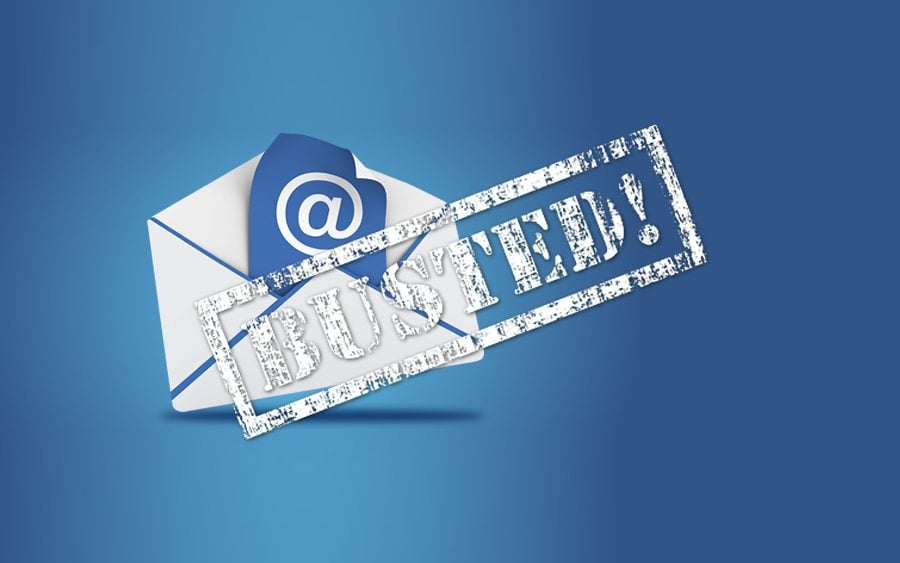Even the most seasoned email marketers can find themselves caught up in popular trends and schools of thought, whether or not they’re actually true. But those that deliver a consistently successful email marketing strategy recognize when it’s time to take a concept at its word and when it’s time to dig a little deeper for the truth.
These six email marketing myths are some of the concepts that require a little more research to discover the truth.
Don’t Send the Same Email Twice
Some people will try to tell you that sending the same email twice gets repetitive and annoying to customers who will immediately trash the email. The truth is, sending the same email again after 48 hours is a great way to imprint the information you’re sending.
However, be sure to put a twist on the email so that it feels just a little bit different. For example, you might want to switch up the subject line or change up the beginning sentence. The rest of the email can remain the same.
Consumers Get Too Many Branded Emails Already
This is an extremely common, yet false belief. Most consumers receive a small number of branded emails compared to the amount of personal and work emails they receive, which makes them hardly noticeable.
“The truth is that 60 percent of people receive less than 6 emails per day from trusted brands,”says Kevin Gates, contributor for OptinMonster.“Out of those people, 40% of them received less than 3 emails,” In other words, don’t use this belief as an excuse to send emails fewer times a week.
The Word “Free” Will Send Your Email to Spam
Buzz words like “free” and “affordable” are not the reason that your emails are going to spam. “In fact, a study of over 540 billion emails reveal that spam words like ‘free’ or ‘affordable’ have little to no impact in causing emails to end up in the junk folder,” Gates continues. He goes on to say that it’s best to simply tell your customers if you have something free, since that will generate significant leads.
Consumers Have Short Attention Spans So Emails Should Be Short
It’s true that many people have a short attention span for branded emails, but that doesn’t mean that your emails should be short. It’s a good idea to keep much of the important information “above the fold,” and then continue with compelling email copy.
Ciara Gill, contributor for Business2Community, gives this advice: “Include your brand logo, an eye-catching image with an attention-grabbing headline above the fold, to give your reader a reason to scroll down the rest of the newsletter. After this content has been added, you can then focus on where to position your call to action.” If you can add enough compelling information above the fold to get your readers interested, they’ll continue to read the rest of the email, even if it’s lengthier.
Never Recycle Copy
If you’ve received excellent results from emails that you’ve already sent, don’t ignore that; you can use that content again. If you put enough space between the original email and the “remail,” your consumers won’t remember that you’ve used that copy before, and you’ll likely see the same results the second and third times around, if not better.
Subject Lines Should be Descriptive
Oddly enough, descriptive subject lines generally don’t perform well in email marketing. Instead, go for creative, click-baity subject lines that entice people to open emails. Humor and sentiment can be your greatest assets in generating better open rates, leads, and loyal customers, all because of a strong email marketing strategy.
